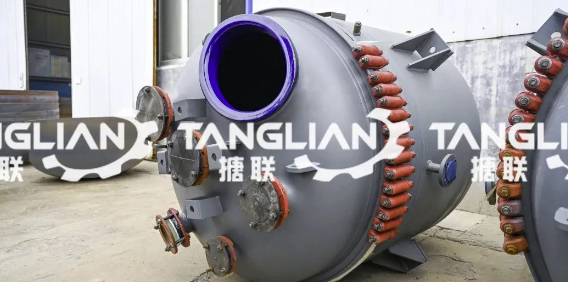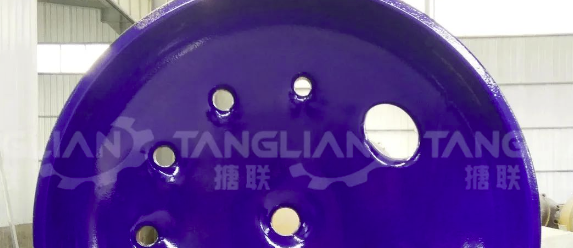Industry news
Firing temperature of glass lined reactor
The powder layer sprayed on the surface of glass lined equipment products can be fired after drying, and the firing technology affects the performance of the glass lined reactor. The success or failure of the enamel firing process depends on several aspects such as firing temperature, firing time, and enamel composition. Today, let me take you to understand what the firing temperature is and what its functions are.
The firing temperature is the temperature at which the performance of enamel products reaches the optimal value. It is the primary condition for ensuring the internal and external quality of enamel products in the firing process. The firing temperature of various types of enamel products varies, mainly depending on the type and performance of the enamel used. The firing temperature can only be selected within the temperature range specified by the type of enamel.

Internationally, the firing temperature range of general porcelain glaze is mostly around 800 ℃ or lower. In China, the aluminum enamel glaze is around 580 ℃; Cast iron enamel glaze and steel plate enamel matte glaze are below 800 ℃; The bottom glaze of ordinary steel plate enamel is between 760 and 860 ℃, and the low-temperature bottom glaze is mostly used for black glossy one-time enamel products; Titanium glaze at 800~840 ℃; Antimony glaze at 840-860 ℃; Glass enamel at 900~950 ℃. The variety of porcelain glaze used for the product is selected based on its purpose and body material, which basically determines the firing temperature range of the product.
If the furnace temperature is too high during the firing of enamel products and the heating rate of the powder is too fast, it will cause the drawbacks of external boiling and internal growth, even external coke and internal growth. It will also lead to incomplete physical and chemical reactions, poor adhesion, cold explosion, and pores in the enamel layer, thereby affecting the acid resistance, luster, and other physical and chemical properties of the glass lined reactior.

If the furnace temperature is too low during firing, the temperature difference between the inside and outside of the glass lined reactor will naturally decrease, but the final surface of the enamel layer will have a high viscosity of the melt, making it difficult for bubbles inside the ceramic layer to escape. The interface between the iron billet and the bottom glaze will drill, the deposition rate of nickel sealant, and the dissolution, diffusion, and penetration reaction of FeO will be slow, resulting in defects such as poor adhesion, explosion points, black lines, and screen bubbles. Meanwhile, due to the incomplete melting of the powder layer, the porcelain surface is rough, with poor gloss, temperature resistance, and chemical stability.
Categories
News
Contact Us
E-mail: service@chinareactor.com
Add: Hongshan Town Industrial Park, Chongzheng Road, Zichuan District, Zibo City, Shandong Province